Is RetroFoam Insulation Worth the Investment?

Hidden within the bricks and plaster of homes in northern Wisconsin, RetroFoam insulation effectively protects walls from extreme weather. Homeowners are amazed at how it keeps the summer heat out and retains warmth in winter. With rising energy bills, many wonder if the initial cost of RetroFoam leads to long-term savings. Potential rebates and tax credits make this insulation even more appealing. Discover how you can improve your home’s comfort and efficiency through the cost-saving features of RetroFoam.
Key Takeaways
- RetroFoam Insulation Can Lead to Significant Energy Savings and Reduced Utility Bills
- Upfront Costs May Be Offset by Long-Term Benefits, Rebates, and Increased Property Value
- RetroFoam Is an Eco-Friendly Option That Maintains Effectiveness Without Settling or Sagging Over Time
- Professional Installation Is Quick and Non-Invasive, Often Completed in Less Than a Day
- Homeowners Should Explore Financial Incentives for Energy-Efficient Upgrades Like RetroFoam
How Much Does RetroFoam Insulation Cost?
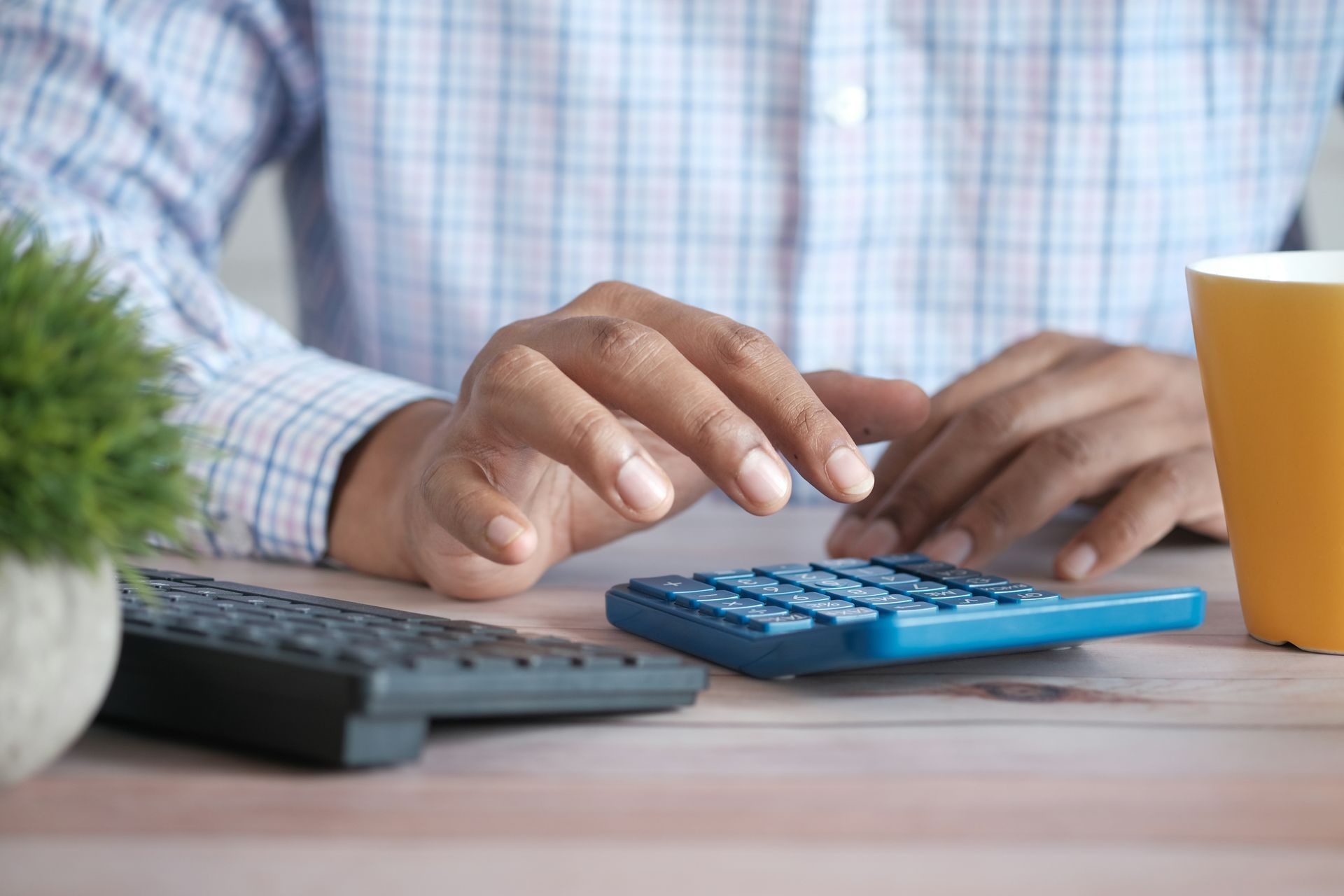
When considering RetroFoam insulation, it’s important to think beyond the initial cost. In addition to the upfront expenses, homeowners should factor in the potential long-term savings. While windows offer views, proper insulation can lead to significant cost savings. The overall cost of RetroFoam insulation is affected by various factors such as the cost of materials like drywall and installation complexity. Moreover, tax credits for energy-efficient upgrades can help offset the initial investment. When seeking quotes, homeowners must carefully analyze the various components that contribute to the final cost of insulating their homes with RetroFoam.
Breaking Down the Pricing Structure
When considering RetroFoam insulation, homeowners should expect costs to be influenced by several factors, such as choosing between RetroFoam and traditional fiberglass. Retrofitting an older home can be more expensive, especially if vinyl siding needs removal. Besides material costs, factors like the home’s size, fire-retardant properties, and labor for installation all contribute to the total cost, affecting the long-term value of the investment.
Comparing Initial Investment vs. Long-Term Savings
Evaluating the up-front costs and future savings is crucial for homeowners in northern Wisconsin considering RetroFoam insulation. This insulation improves energy efficiency by enhancing airflow and sealing the home. The long-term energy savings can far exceed the initial cost, making RetroFoam a smart choice for budget-conscious and environmentally aware homeowners. When assessing RetroFoam, consider the initial cost for your home, potential long-term energy savings and lower utility bills, the added property value from this upgrade, and available tax credits or incentives for energy-efficient upgrades in northern Wisconsin.
Quotes and Estimates: What Affects the Final Price?
Getting an accurate cost for RetroFoam insulation often depends on the homeowner requesting a quote directly from Mammoth Home Renovations. The final price is influenced by factors specific to the home’s structure and insulation needs. Additionally, financing options through programs like GreenSky can affect payment terms, making the project more affordable for those looking to reduce heat loss and improve their home’s energy efficiency.
What Factors Determine the RetroFoam Insulation Cost?

Evaluating the potential benefits of retrofitting a home with RetroFoam insulation requires careful consideration of various factors. RetroFoam insulation costs are influenced by the size of the area that needs to be insulated. Larger areas necessitate more materials and, consequently, higher prices. The complexity of installation, such as hard-to-reach areas, can also impact labor costs.
Moreover, geographic factors, such as stringent energy codes, may necessitate advanced options, further affecting the cost of RetroFoam insulation. Homeowners should take all of these factors into account in order to accurately determine the overall cost of RetroFoam insulation and its potential for energy savings.
The Size of the Area to Be Insulated
The cost of RetroFoam insulation often increases with the square footage. Larger areas need more material, which can raise the overall price. However, tax incentives can help reduce the financial burden of insulating these larger spaces. When estimating costs, consider the square footage of the areas to be insulated and any potential tax credits to offset the insulation costs. Remember that hard-to-reach areas might add to the complexity and cost, although this is not always emphasized to customers.
The Difficulty of the Installation
Installing RetroFoam insulation is a straightforward process but may require special consideration for challenging spaces. In northern Wisconsin, where conserving energy is crucial due to the climate, homeowners must consider the overall benefits of RetroFoam insulation. Proper installation ensures maximum effectiveness and meets regional energy-saving goals.
Financial Incentives
Homeowners in northern Wisconsin considering an insulation upgrade should be aware of local conditions affecting the project’s cost. The recent Inflation Reduction Act offers new financial incentives for energy efficiency improvements, which can help offset high installation costs for insulation. Additionally, better insulation can improve the overall health of a home’s furnace by maintaining a consistent temperature and reducing strain on the heating system.
Types of Insulation and Their Costs
Homeowners considering insulation options should evaluate their specific needs related to heat transfer. The cost of insulation varies depending on the type chosen. RetroFoam is an injection foam ideal for existing walls, providing an effective solution for enhancing energy efficiency in established homes. On the other hand, Spray Foam is suitable for new construction homes, attics, and sill boxes, adhering to surfaces like concrete. While both options help reduce heat transfer, they serve different purposes and have distinct applications. Homeowners should consider these factors to find the most effective solution for their insulation needs.
Everything You Need to Know About RetroFoam Insulation
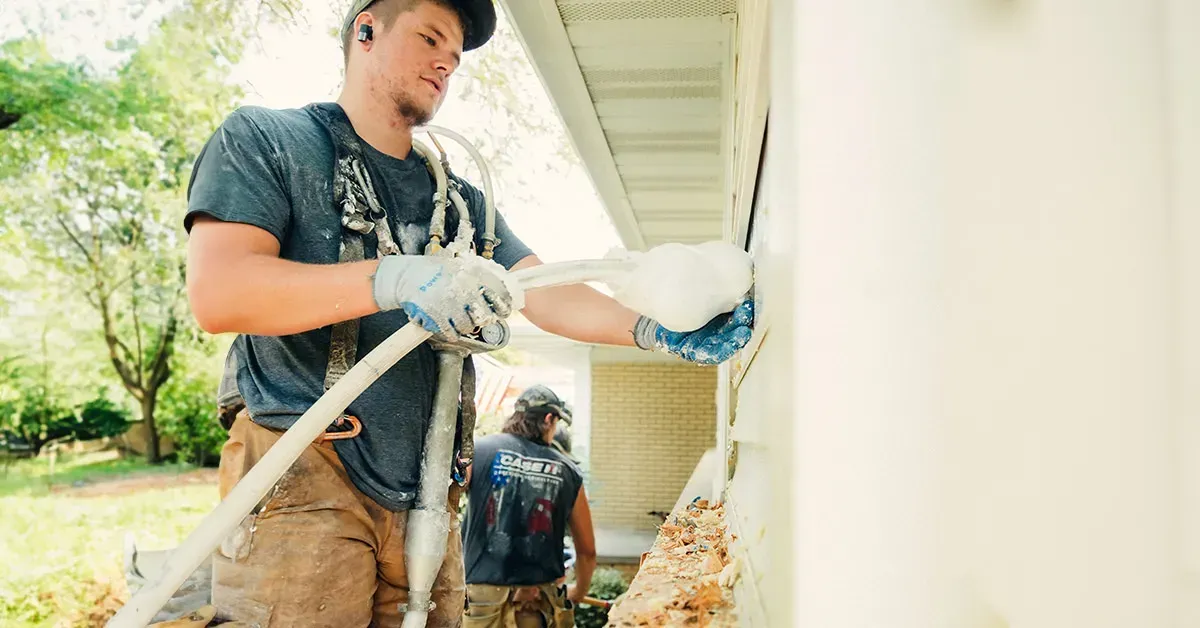
Selecting the right home insulation involves carefully considering the advantages of each available option, and RetroFoam is an excellent choice for existing walls. This injection foam enhances energy efficiency by providing a strong defense against both heat loss and gain. RetroFoam stands out for its remarkable durability, surpassing many other insulation alternatives in longevity. By delving into the technology, benefits, and lifespan of RetroFoam, homeowners can effectively gauge its value as a solid, long-term investment for their property.
The Science Behind RetroFoam: How It Works
The RetroFoam insulation method injects a foam-like resin that expands to fill wall cavities and create an airtight seal. This expansion eliminates air leaks, which are common sources of energy waste in homes. As the foam solidifies, it forms a dense barrier that improves thermal resistance and reduces the workload on heating and cooling systems.
Why RetroFoam Stands Out Among Other Insulations
RetroFoam stands out in insulation because it can conform to a home’s unique nooks and crannies, reducing thermal bridging and enhancing energy retention. Its composition provides superior airtightness compared to traditional materials like fiberglass and significantly reduces noise. RetroFoam is an excellent choice for those seeking a quieter, more energy-efficient living space.
Lifespan and Durability: A Long-Term Investment
Homeowners looking for a cost-effective solution for comfort and energy savings often choose RetroFoam insulation. Unlike some materials that sag or settle over time, RetroFoam maintains its shape and density. This stability ensures long-term performance, potentially lasting longer than the homeowner’s stay in the house. The durability and efficiency of RetroFoam make it a valuable investment for improving current living conditions and increasing future property value.
RetroFoam Is the Best Solution to Insulate Existing Walls
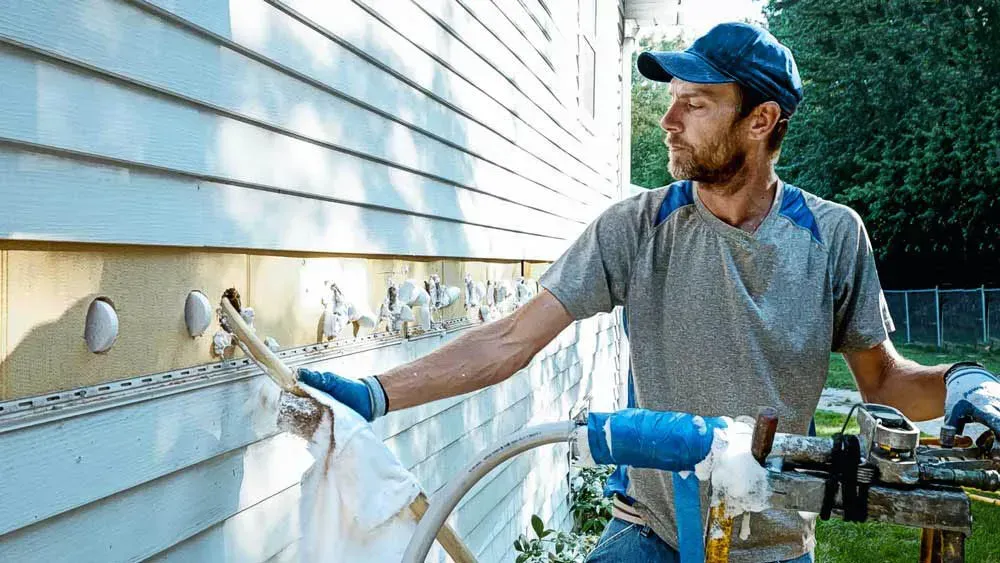
Upgrading existing walls with RetroFoam insulation enhances the energy efficiency and comfort of homes. This high-quality insulation helps lower energy costs by providing consistent indoor temperature regulation. With RetroFoam, living spaces remain comfortable and insulated from external temperature fluctuations, making it an ideal choice for homeowners focused on long-term comfort and energy efficiency.
The installation process is simple and typically does not require extensive property modifications, providing a convenient and stress-free solution. Furthermore, the initial investment in RetroFoam insulation is often offset by the increased resale value of the home, delivering long-term benefits in terms of energy savings and overall comfort.
Reduce Energy Bills
Introducing RetroFoam insulation into a home’s walls is a strategic move to reduce rising energy costs. Once injected, homeowners often find their heating and cooling systems use less energy to maintain a comfortable indoor climate, as the foam effectively minimizes heat loss or gain through the walls. These energy efficiencies lead to lower monthly bills, reinforcing RetroFoam’s reputation as a cost-effective solution for residential energy management.
Improve Home Comfort
By sealing air leaks and regulating temperature fluctuations, RetroFoam insulation greatly enhances home comfort. Residents enjoy consistent indoor environments, free from drafts and cold spots. This upgraded comfort is achieved without the noise and disruption usually associated with other insulation installations.
Convenient Installation Process
The installation of RetroFoam is typically completed in less than a day with minimal disruption to the household. Professionals inject the foam through small holes drilled in the exterior or interior walls, filling the cavities with minimal mess and no need to displace current occupants.
Enhancing Your Home’s Resale Value
Investing in RetroFoam insulation not only reduces energy consumption but also boosts a home’s marketability. Prospective buyers appreciate high-quality insulation for its potential to lower utility costs and increase comfort. This can make a property stand out in the competitive real estate market, potentially leading to a quicker sale and a higher closing price.
Ready for a More Comfortable and Energy Efficient Home?
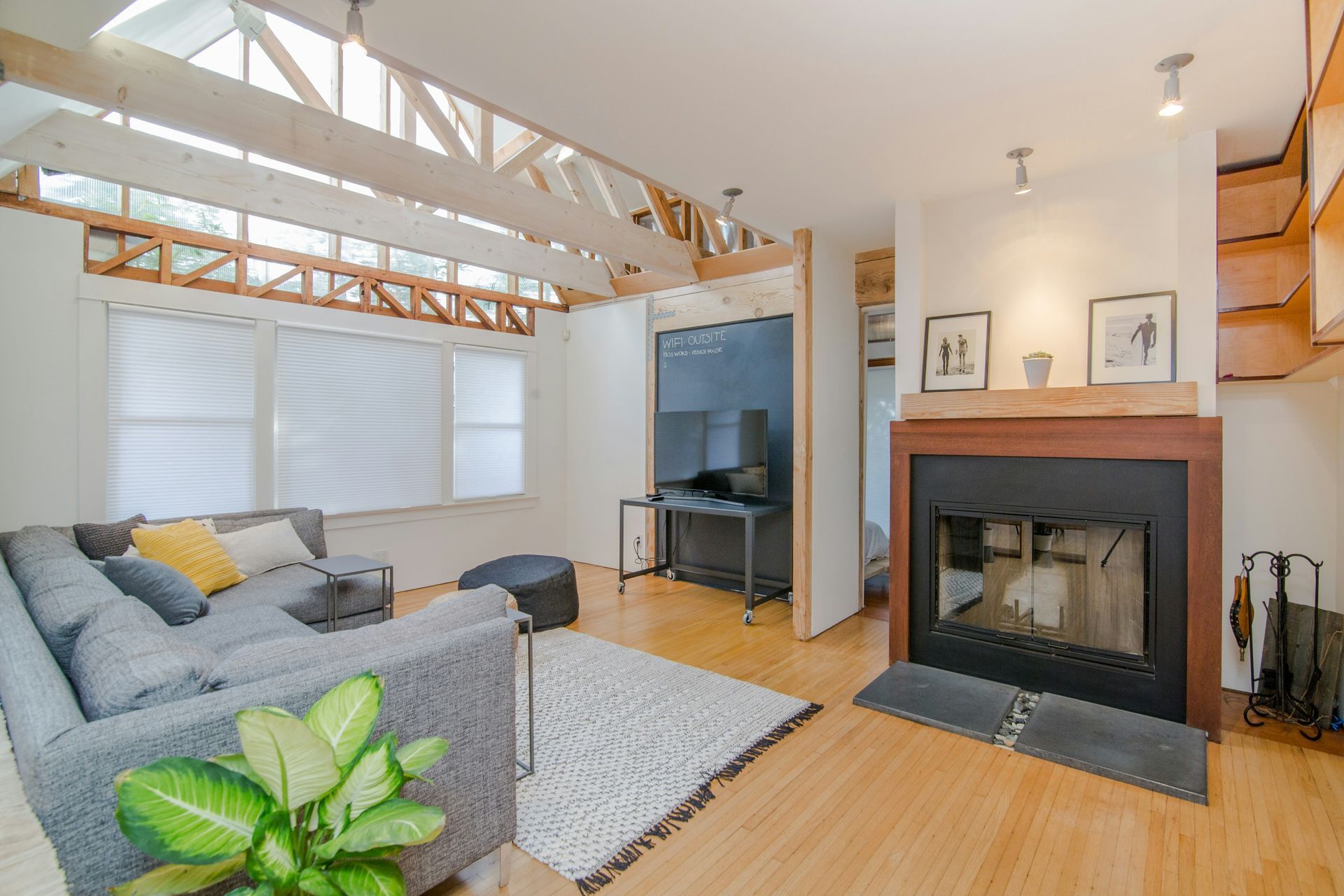
Making the switch to RetroFoam insulation is an important move towards creating a more controlled and cost-effective living environment. Homeowners who are eager to enhance comfort and reduce energy expenses need to grasp the essential steps to kick-start their RetroFoam project. It’s vital to find a reputable installer to ensure a hassle-free process. Collaborating with a trusted professional, like Mammoth Home Renovations, can make the transition from initial inquiry to installation seamless. The process involves a comprehensive assessment of the space, effective communication of project details, and minimal disruption to your daily routine. Here are key steps to initiate this impactful home upgrade efficiently.
Steps to Get Started With RetroFoam
To begin the RetroFoam insulation process, homeowners should contact Mammoth Home Renovations for a comprehensive home assessment. This important step identifies the property’s specific needs, allowing for an accurate proposal and timeline. After the evaluation, the expert can recommend the best approach to maximize energy conservation and home comfort.
Finding a Qualified RetroFoam Installer Near You
Finding a skilled RetroFoam installer is crucial for effective insulation and energy efficiency benefits. Homeowners should look for certified professionals with a strong track record, including references and a portfolio of successful projects. An installer’s certification and customer satisfaction history are key factors in ensuring a well-insulated home and long-term savings.
What to Expect During the Installation Process
Homeowners can expect a swift and non-intrusive process during the installation of RetroFoam insulation. Installers meticulously fill existing wall spaces with foam using specialized hoses, minimizing the need for large structural changes. The skillful insertion of RetroFoam ensures the job is completed without significantly altering the home’s aesthetics or functionality.
Conclusion
Evaluating the investment in RetroFoam insulation involves considering both upfront costs and potential long-term savings on energy bills. Homeowners can benefit financially from the insulating power of RetroFoam, which significantly reduces heating and cooling costs over time. RetroFoam insulation costs are further offset by tax credits and rebates, making it an attractive option for energy-efficient upgrades. RetroFoam insulation is a wise choice for those looking to enhance their home’s comfort and value while effectively managing energy consumption.


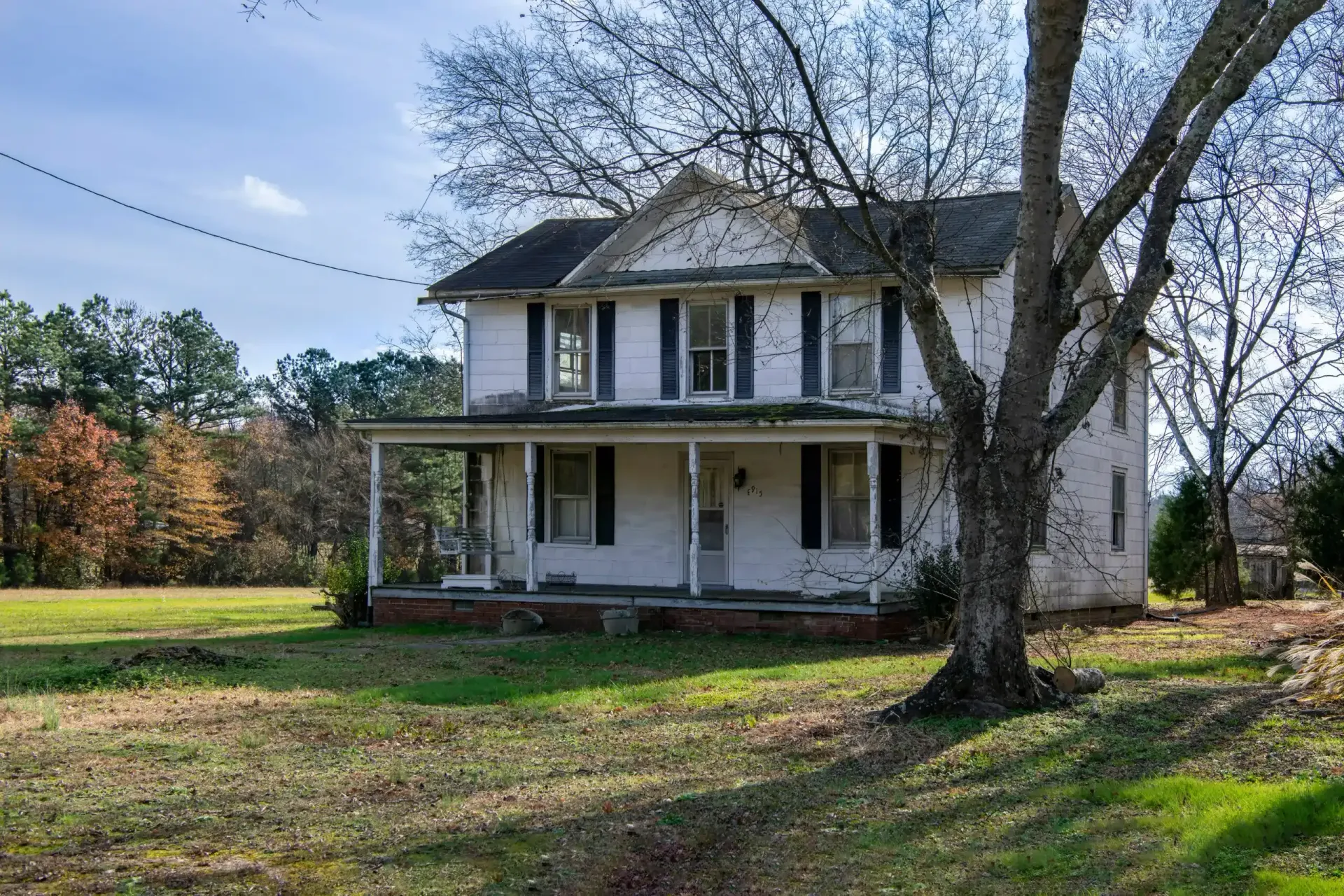
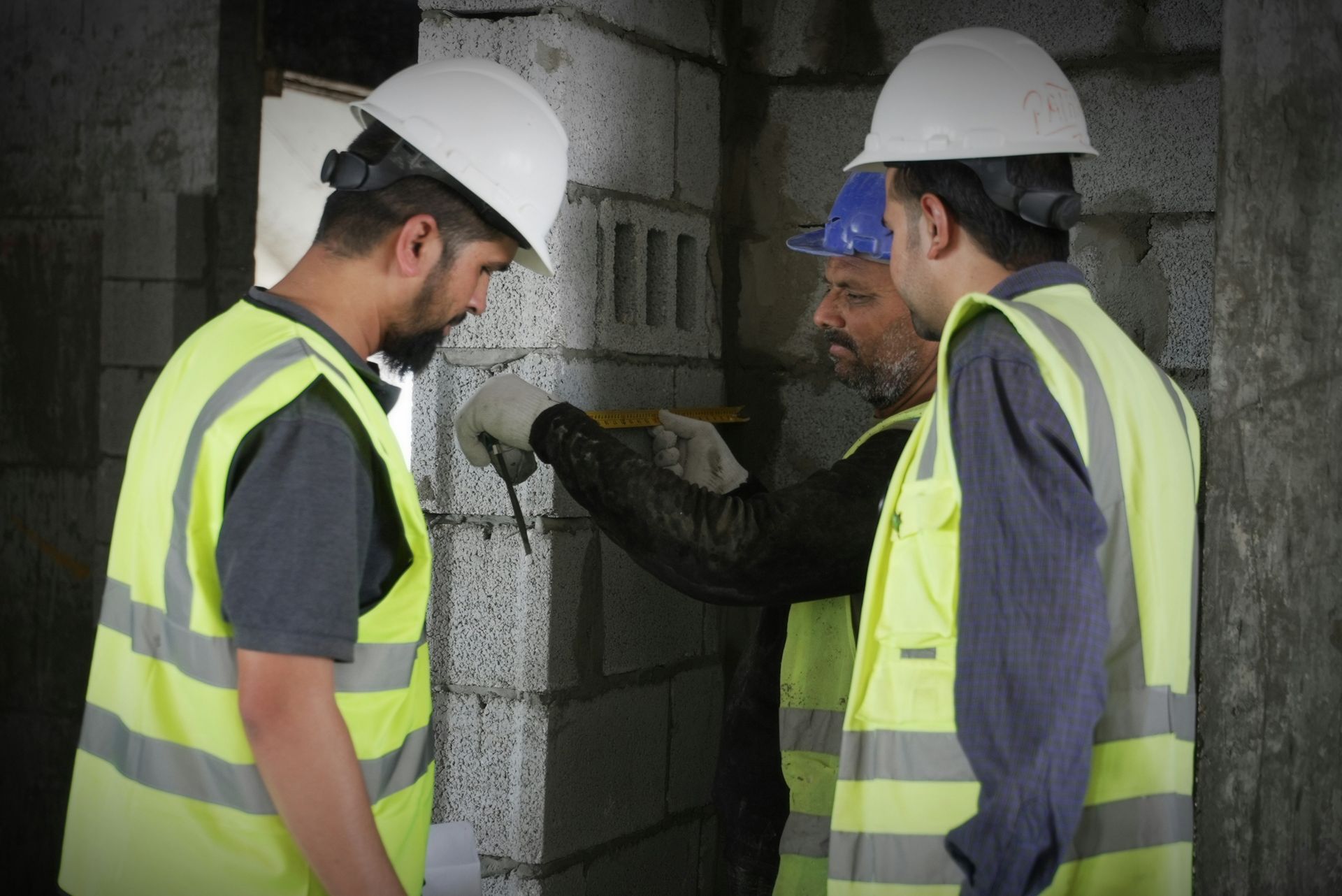
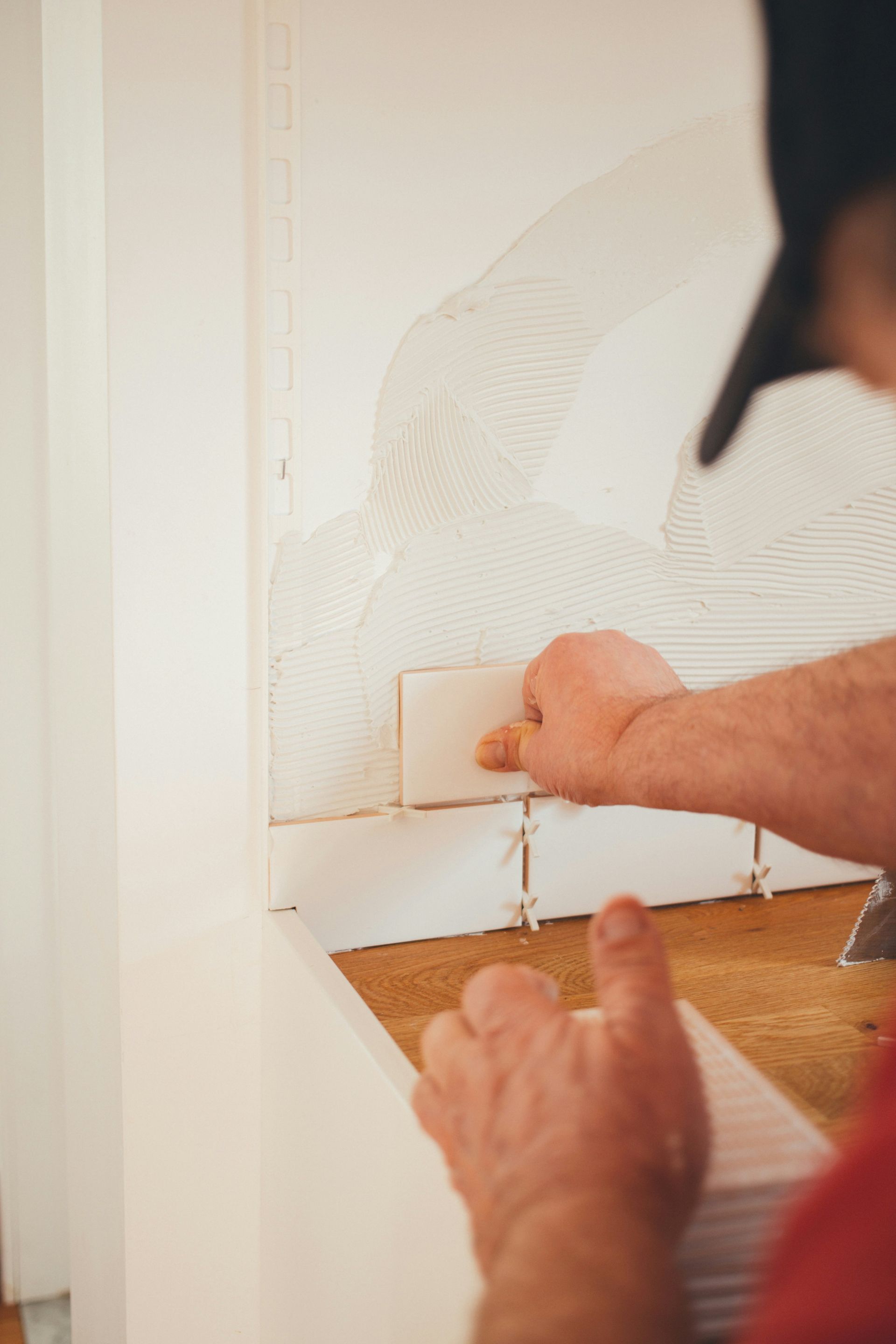

Share On: